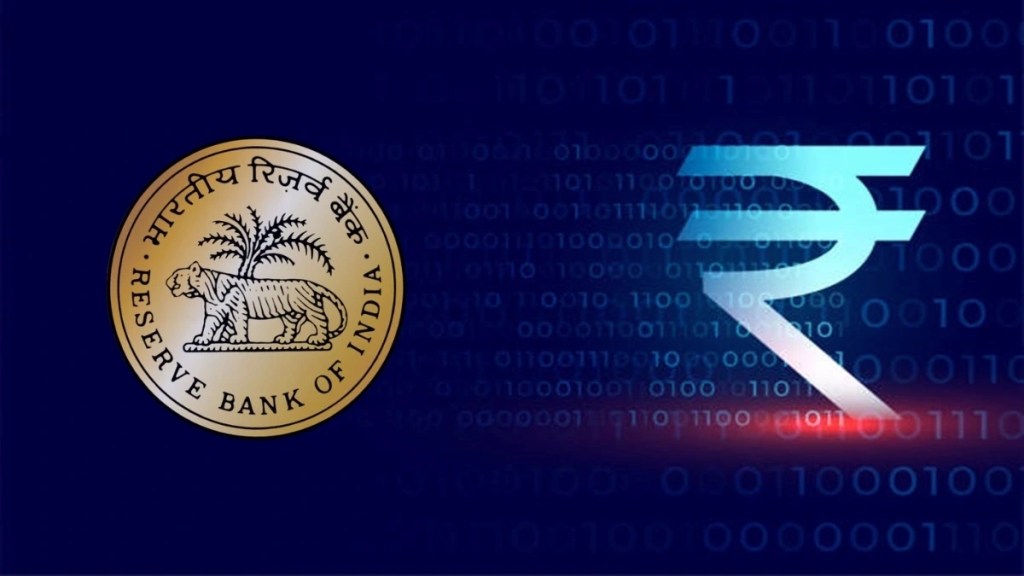By Trisha Shreyashi
The first budget for Amritkaal and the last full budget by the NDA government prior to 2024 general elections might not be the populist draft as some feared. The Union Budget 2023 has brought many significant changes in India’s socio-economic paradigm. This budget has laid down reforms with an eye on furthering financial inclusion at scale, better & faster service delivery, ease of access of credit, digitization of the Indian economy and participation in financial markets.
Boon To The Fund-Starved Sectors: The capex target for FY 2023 has been upped by 33% which shall boost credit growth in the banking system, accelerate economic growth and drive job creation. It seems credit growth is on the agenda of this budget as the borrowing target too is within the street expectations thereby helping the banks limit MTM losses. Further, the revamped credit guarantee scheme that is to take effect from April 1, 2023 shall infuse about INR 9,000cr. in corpus and INR 2 lakh cr. collateral free credit to MSMEs. The capital incentives shall boost investment in infrastructure & productive capacity which will have a multiplier impact on economic growth and employment opportunities.
A Revamped Public Credit Registry: The budget proposes to deploy a National Financial Information Registry, the draft bill for which has already been prepared by the RBI. It aims to build a public infrastructure for credit related information, especially for lending agencies thereby acting as the central repository for financial & ancillary information. This shall ease the understanding of risks, better pricing of loans, facilitate efficient credit flow and foster financial stability.
Boosting The Data & Tech Infrastructure: There has been a lingering need to rationalize and streamline the onboarding of customers and small businesses in digital financial services. The Union Budget 2023 seeks simplification of the KYC process to make it user -friendly and comprehensible. It will be done by making suitable amendments to the Prevention of Money Laundering Act and RBI Directions of KYC. This shall require a risk based approach instead of one-size-fits-all approach to enable meeting of needs a knowledge based digital economy. This will be done with the help of PAN as the common business identifier and Aadhar as the foundational identity of DigiLocker.
The DigiLocker services provide a one stop solution for conciliation and updates to the identity and address of individuals. PAN as the common business identifier and DigiLocker shall significantly reduce the burden of overlapping and iterative documentation and will act as a one stop solution for reconciliation and identification purposes. These initiatives are projected to significantly ease the onboarding process of fintech companies for their consumers & small merchants.
The Financial Policy Reforms: The annual financial statement also seeks for a comprehensive review of the extant regime governing the financial markets in consultation with the stakeholders. The goal is to cut back on unnecessary, time-consuming, costly and tedious compliances. This shall facilitate optimum regulation as necessary and feasible. Additionally, the budget seeks to suitably amend the Banking Regulation act, Banking companies act, and the RBI Act so as to improve governance and investor protection. This shall aid in upgrading and aligning with evolving market practices.
One could infer that the government has followed the objectives of Ease of Doing Business & Digital India initiatives by addressing procedural lacunae and strengthening the technological infrastructure. The policy reforms introduced in the Union Budget, 2023 strike a balance between the growth-based and welfare-based policies with a three-pronged approach of opening up more opportunities for the citizens, economic growth and reinforcing macroeconomic stability.
(The author is an advocate and the views expressed are personal.)
